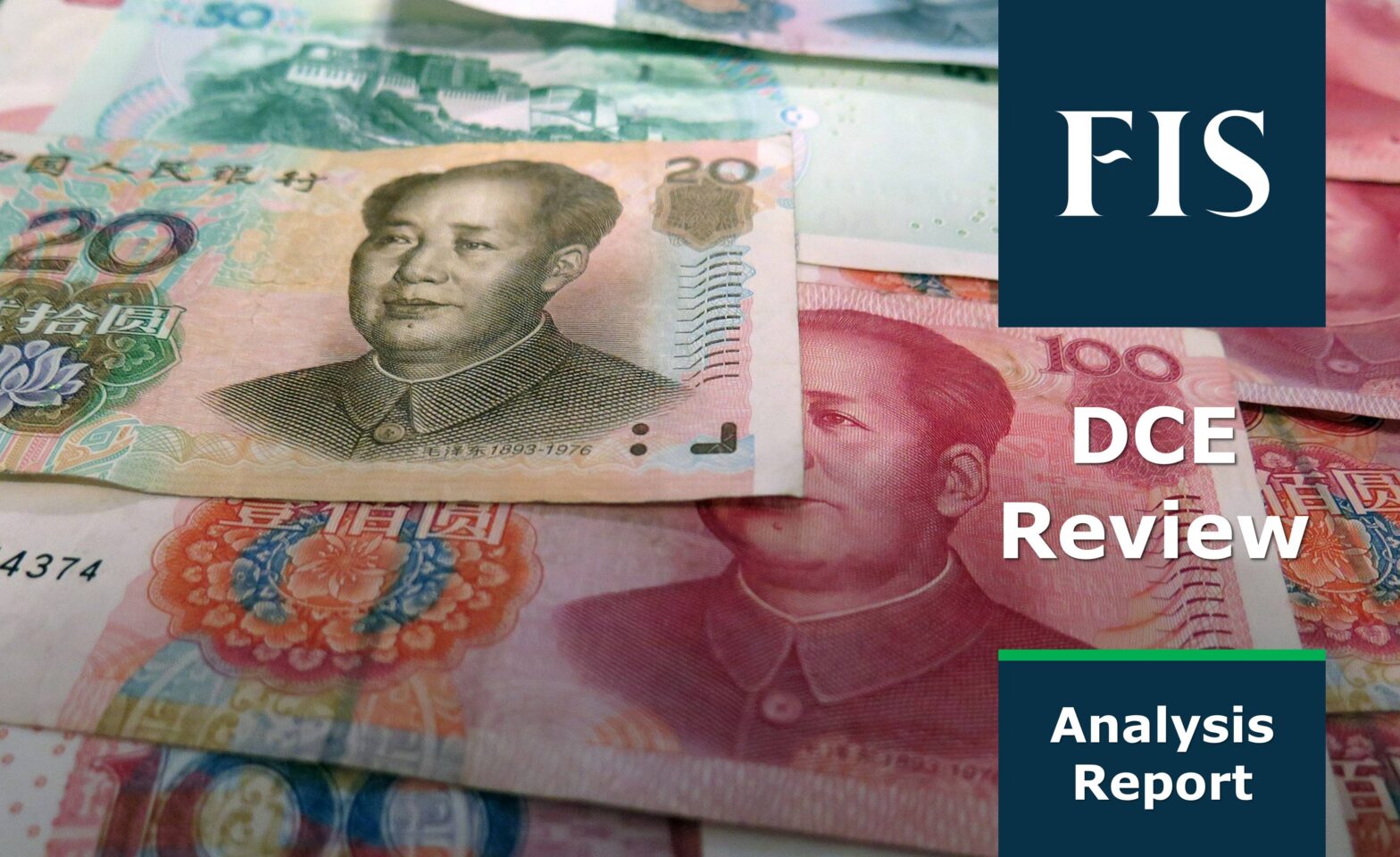Iron ore futures rebounded by the end of weeks, after two trading days session of losses, amid market concerns over weak supply and restocking demand.
The futures of Dalian Commodity Exchange (DCE) for May delivery rose by 3.79% day-on-day or up RMB 30 to RMB 822/mt, during the day trading session on Friday.
The rebar futures also increased by 0.92% or up RMB 45 day-on-day to RMB 4,917/mt, during the day trading session.
Better steel demand in the Chinese automobile sector
The slight rally reflected higher Chinese steel demand for flat steel products, as compared to long steel products, due to better demand in automobile and domestic appliances sector than construction sector.
As the Chinese automobiles sales grew by 18.7% year-on-year to 1.74 million units in February 2022, according to China Association of Automobile Manufacturers (CAAM).
Hence, major Chinese steelmakers, Baoshan Steel raised the price list for its HRC products for the second consecutive month by RMB 550/mt, according to Mysteel.
The price upticks were also linked to relatively low HRC inventory held by the market as compared to last year, while there was market concerns overs iron ore supply disruption as a result from the Russia-Ukraine conflict.
Chinese daily steel production increases in early March
Chinese daily steel production also recorded growth for the first ten days in March with gains of 5.2% from previous ten days in February to an average of 2.66 million mt per day, based on Mysteel’s data.
The growth was linked to relax output restriction after the Winter Olympics and better weather conditions for construction activities to take place, as the country welcome the typical peak construction season.
There was also some market speculation that the Chinese steel output will fill the production gap left by Russia and Ukraine due to military conflict.
According to Bank of America, Russia and Ukraine produced 107 million mt and 77 million mt of iron ore per year, respectively, accounted around 8% of the global steel production and 4% of the seaborne supplies.
